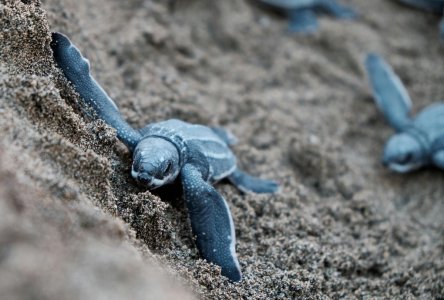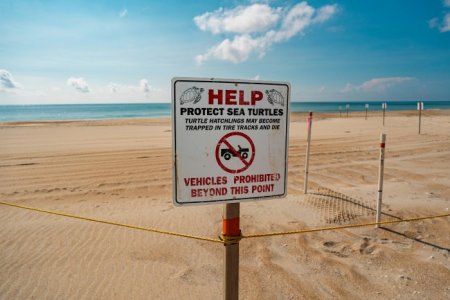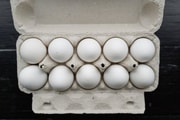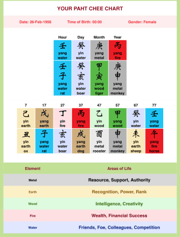Locals Shocked by Bizarre and Unexpected Find on an Australian Beach—See What They Uncovered!
You’ve probably had those moments when life throws you a curveball—something so out of the ordinary that it stops you in your tracks.
Imagine taking your usual morning stroll along the beach, soaking up the fresh sea breeze, when suddenly, you spot something so unusual it has the entire community buzzing.
Curious? You’re not alone. What happened on this quiet stretch of Australian coastline has everyone talking—and for good reason.
In a remarkable turn of events that has left the local community at Bokarina Beach in Queensland both stunned and enchanted, a green sea turtle defied the odds and the usual behaviour of her species by making an appearance in broad daylight to lay her eggs.
This unusual sighting has sparked a flurry of activity among conservation volunteers and has drawn attention to the wonders and challenges of marine life on Australia’s shores.

The Sunshine Coast Council explained to Yahoo News Australia that while daytime nesting is not unheard of, it is uncommon.
Marine turtle embryos rely on oxygen to survive, and excessive moisture can suffocate the eggs. To ensure their safety, trained TurtleCare Citizen Scientists carefully relocated the eggs to a safer spot in the dunes, increasing the likelihood of successful hatching.
In this case, the turtle did lay her eggs, possibly driven by an urgent need. Croft suggested that inexperienced turtles or environmental factors might have played a role. However, judging by the turtle’s appearance, she seemed mature and experienced.
The nesting season in Queensland runs from November to January, and beachgoers are reminded to take precautions during this time. Bribie Island Environmental Protection Association Inc (BIEPA) President Richard Ogden highlighted the importance of avoiding driving on dunes or beaches after sunset to protect hatchlings from becoming trapped in tyre tracks.

If you love spending time at the beach, especially during turtle nesting season, there’s a small way you can make a big difference. Keep lights low, give turtles and their nests plenty of space, and if you spot something unusual, let your local conservation group know.

How about you—have you ever seen a turtle nesting or had a memorable moment at the beach? We’d love to hear your stories! Share your experiences in the comments below and let’s celebrate the wonders of our beautiful shores together.
Imagine taking your usual morning stroll along the beach, soaking up the fresh sea breeze, when suddenly, you spot something so unusual it has the entire community buzzing.
Curious? You’re not alone. What happened on this quiet stretch of Australian coastline has everyone talking—and for good reason.
In a remarkable turn of events that has left the local community at Bokarina Beach in Queensland both stunned and enchanted, a green sea turtle defied the odds and the usual behaviour of her species by making an appearance in broad daylight to lay her eggs.
This unusual sighting has sparked a flurry of activity among conservation volunteers and has drawn attention to the wonders and challenges of marine life on Australia’s shores.

Turtles generally seek safety and obscurity, especially when laying eggs. Image Source: Pexels/Jolo Diaz
A Rare Daytime Nesting
Typically, green sea turtles prefer the cover of darkness to nest, choosing secluded stretches of sand far from the tide. However, this particular turtle defied the usual behaviour by nesting below the high tide mark during the day.The Sunshine Coast Council explained to Yahoo News Australia that while daytime nesting is not unheard of, it is uncommon.
Volunteers Spring Into Action
The unusual nesting site was discovered during a morning patrol by the dedicated volunteers of Sunshine Coast TurtleCare. Recognising the risks posed by the location, the team built a temporary sand barrier, or ‘bund wall’, to protect the eggs from the rising tide.Marine turtle embryos rely on oxygen to survive, and excessive moisture can suffocate the eggs. To ensure their safety, trained TurtleCare Citizen Scientists carefully relocated the eggs to a safer spot in the dunes, increasing the likelihood of successful hatching.
What Might Have Caused This Behaviour?
Mick Croft, a rescuer with Turtles of Moreton Bay, shared his insights into this unusual event. He mentioned that turtles sometimes experience a ‘false crawl’, where they come ashore but don’t lay eggs due to disturbances or unsuitable conditions.In this case, the turtle did lay her eggs, possibly driven by an urgent need. Croft suggested that inexperienced turtles or environmental factors might have played a role. However, judging by the turtle’s appearance, she seemed mature and experienced.
Protecting the Future of Sea Turtles
This extraordinary event is a powerful reminder of the fragile balance of nature and the need for conservation efforts. Australians are encouraged to be mindful of wildlife, particularly during nesting season.The nesting season in Queensland runs from November to January, and beachgoers are reminded to take precautions during this time. Bribie Island Environmental Protection Association Inc (BIEPA) President Richard Ogden highlighted the importance of avoiding driving on dunes or beaches after sunset to protect hatchlings from becoming trapped in tyre tracks.

Protecting sea creatures like turtles is vital for the health of our oceans and future biodiversity. Image Source: Unsplash/Christina Telep
Key Takeaways
- A green sea turtle was observed laying her eggs in broad daylight at Bokarina Beach, Queensland, an uncommon event as they usually nest at night.
- Local volunteers from Sunshine Coast TurtleCare built a sand barrier to protect the eggs from the tide and relocated them to a safer spot in the dunes.
- The behaviour may have been caused by environmental factors or the turtle’s individual urgency, despite her appearing mature and experienced.
- The public is reminded to be cautious during the turtle nesting season from November to January, especially avoiding beach driving after sunset to protect hatchlings.
How about you—have you ever seen a turtle nesting or had a memorable moment at the beach? We’d love to hear your stories! Share your experiences in the comments below and let’s celebrate the wonders of our beautiful shores together.
Last edited:







